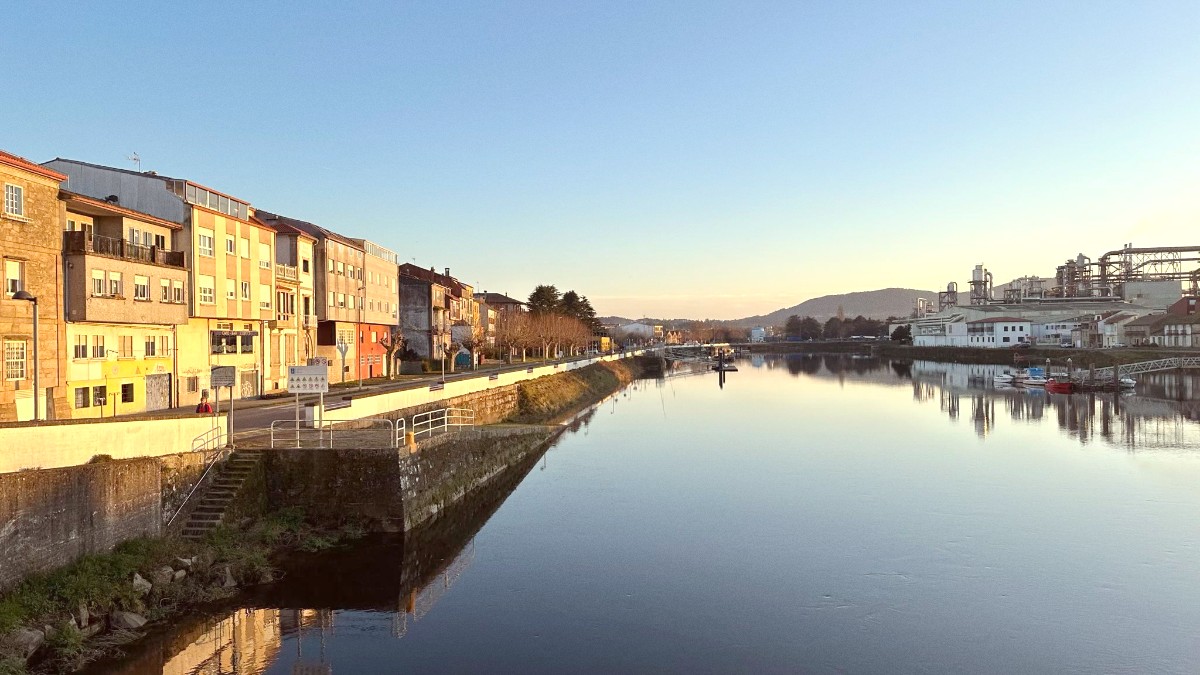
Spain
Galician cuisine finds its deep roots in its geography. A long coastline yields abundant seafood, while fertile inland areas provide quality meat and produce. This natural bounty means food emphasizes fresh, high-quality ingredients, often prepared simply to highlight natural flavors. Historical influences include Celtic, Roman, and maritime traditions, shaping cooking techniques and staple dishes. The Camino de Santiago pilgrimage route influenced food availability and types, as pilgrims needed hearty, sustaining meals.
Seafood is a cornerstone of Galician cuisine. Popular items include octopus (Pulpo), scallops (Vieiras), mussels (Mexillóns), clams (Ameixas), barnacles (Percebes), hake (Merluza), and cod (Bacalao). Freshness is paramount.
The region values quality beef (Ternera Gallega) and pork products, like cured ham (Lacón) and chorizo. Staples include potatoes, turnip greens (Grelos), and Padrón peppers (Pimientos de Padrón).
Tetilla cheese, a soft, mild cow's milk cheese, is a regional specialty. Albariño white wine is the flagship. Olive oil, paprika (Pimentón), garlic, and coarse sea salt are the main seasonings.
This iconic dish features boiled octopus, sliced and served on a wooden plate, drizzled with olive oil, coarse salt, and paprika.
Find it at almost any traditional Galician restaurant or Tasca. The Mercado de Abastos is a good place to find stalls serving fresh Pulpo.
A savory pie with a flaky crust, typically containing fillings like tuna (Bonito), cod, other seafood, or pork.
Find Empanada Gallega at bakeries and traditional restaurants throughout the city. It works well as a snack or light meal.
A hearty, traditional dish, popular in winter. It consists of boiled pork shoulder, turnip greens, potatoes, and chorizo. This dish embodies Galician comfort food.
Often served during colder months, this hearty dish is a local favorite for its warming qualities.
A platter of assorted fresh seafood, often including prawns, crabs, mussels, and Percebes (goose barnacles). Best enjoyed at seafood restaurants near the port area, where freshness is guaranteed.
Thin, crepe-like pancakes, often served with honey, sugar, or cream. These are a simple yet delicious Galician dessert.
Pontevedra has restaurants presenting modern interpretations of Galician cuisine. These establishments focus on high-quality ingredients and sophisticated presentation, for upscale dining or gourmet enthusiasts.
This category presents the most common type of dining. These restaurants present a wide range of traditional Galician dishes and Spanish staples. Look for "Menu del Día" for good value.
Numerous tapas bars (Tascas or Tabernas) populate the Old Town. They present affordable small plates for a light meal or snack. Bakeries (Panaderías) sell pastries and sandwiches for quick, inexpensive bites.
A growing number of restaurants present international cuisine in Pontevedra, including Italian and various Asian options.
These establishments are especially prevalent in the modern Ensanche area, catering to diverse tastes and cravings.
The Mercado de Abastos is a must-visit. Some stalls prepare fresh seafood dishes on-site. This presents an authentic market dining experience, tasting the freshest local products.
A lively atmosphere, perfect for a casual and fresh meal.
Making reservations for popular restaurants, especially for dinner on weekends, is often a good idea to secure a table.
Many restaurants feature a 'Menu del Día' (daily menu) for lunch, which typically includes a starter, main course, dessert, drink, and bread at a fixed price. It presents excellent value.
Basic Spanish phrases are useful. Many staff in tourist areas speak some English, making ordering smoother.
Portions can be generous. Sharing dishes is common, specifically with tapas, allowing you to sample more variety.
Pontevedra’s markets yield an abundance of fresh fruits and vegetables, making self-catering an excellent option for specific dietary needs.
You find seasonal and organic options here.
Many Spanish chefs willingly accommodate dietary requests if they understand your needs. Do not hesitate to ask questions about ingredients.
It is always best to communicate clearly upon arrival.
For specific or hard-to-find items, larger supermarkets outside the Old Town sometimes stock a broader range of international or specialty products.
Online forums and specialized apps like HappyCow assist in locating restaurants with specific dietary accommodations.
Some local culinary schools or private chefs may feature cooking classes focusing on Galician cuisine.
Wineries in the nearby Rías Baixas wine region present tours and tastings of their famous Albariño wine.
Some artisan cheese producers or bakeries in the surrounding areas may also present visits.
Enjoy Cocido Gallego, a rich stew (meat, chickpeas, vegetables) typically in winter. Lamprea (lamprey), a specialty fish, is available seasonally in spring, for adventurous eaters.
Check local market availability.
Food tours exploring the Mercado de Abastos and the lively tapas bars in the Old Town are popular. These tours present a guided introduction to local flavors and culinary customs.
An excellent way to taste many dishes.
The tapas culture permits you to sample a wide variety of small dishes and local specialties in a single evening, moving from one bar to another.
Don't hesitate to ask locals or restaurant staff for their recommendations. They often guide you to the freshest seasonal dishes or best daily specials.
For excellent value, notably at lunchtime, look for establishments displaying a "Menú del Día." These set menus typically include multiple courses and a drink at a fixed price.
Enjoy the rich culinary traditions of Pontevedra with these final considerations.